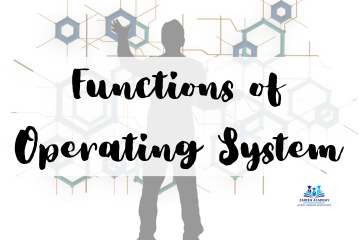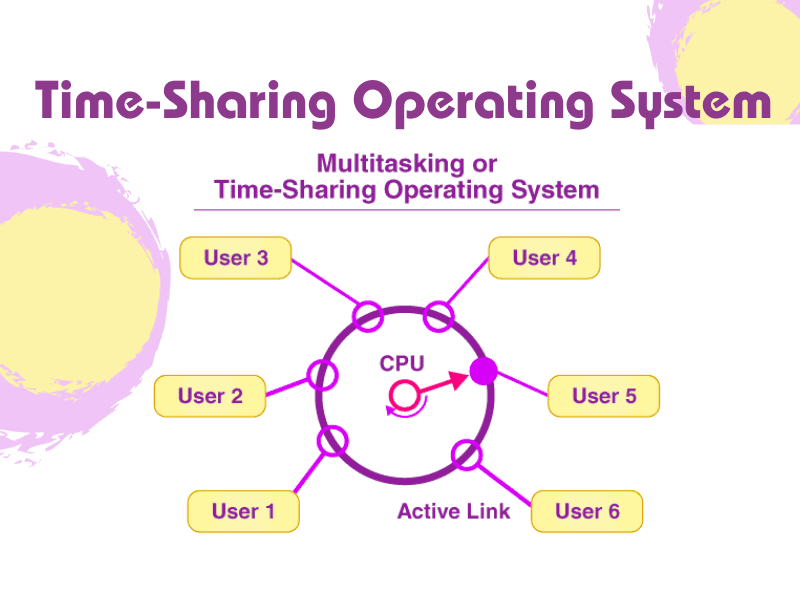Introduction
In the dynamic world of operating systems, efficiency is paramount. The Priority Scheduling Algorithm plays a pivotal role in ensuring that computer systems function seamlessly. This article delves deep into the intricacies of this algorithm, shedding light on its working, impact, and much more. As we embark on this journey, you’ll find answers to all your questions regarding Priority Scheduling CPU Scheduling Algorithm in operating systems.
Priority Scheduling Algorithm in Operating System
Understanding the Basics
Priority scheduling, a fundamental concept in operating systems, ensures that the CPU serves processes based on their priority levels. This means that processes with higher priority get CPU time ahead of those with lower priority. Priority levels are typically assigned based on factors like urgency, importance, and system requirements.
The Inner Workings
Determining Priority
To implement priority scheduling, the operating system assigns each process a priority value. Higher values indicate higher priority. This priority is dynamic, often influenced by factors such as deadlines, system requirements, and user preferences. The CPU is allocated to the process with the highest priority.
Preemption
One intriguing aspect of priority scheduling is the ability to preempt a running process. If a process with higher priority enters the system or if a higher-priority process is waiting to execute, the running process may be paused, allowing the higher-priority process to use the CPU.
Impact on System Performance
Priority scheduling significantly affects system performance. It can lead to improved response times for high-priority tasks, ensuring that crucial tasks are completed promptly. However, it can also pose challenges if lower-priority processes are consistently deprioritized, potentially leading to resource starvation.
Priority Inversions
In certain scenarios, priority inversion can occur. This is when a high-priority process gets blocked by a lower-priority process. This can be problematic and is often mitigated using various techniques, such as priority inheritance.
Real-world Application
Priority scheduling is widely used in real-time systems, where timely execution of specific tasks is crucial. Industries like aerospace and medical devices rely on this algorithm to ensure that critical tasks are executed without delay.
Advantages and Disadvantages
Advantages
Efficiency: Priority scheduling ensures that high-priority tasks are executed promptly.
Resource Allocation: It allows for the efficient allocation of resources to crucial processes.
Disadvantages
Starvation: Lower-priority processes can suffer from resource starvation.
Complexity: Managing priorities can be complex, and improper implementation can lead to system instability.
Frequently Asked Questions (FAQs)
How is priority assigned in priority scheduling?
Priority is assigned based on various factors, such as system requirements, deadlines, and user preferences. Processes with higher priority values receive CPU time first.
Can a running process be interrupted in priority scheduling?
Yes, in priority scheduling, a running process can be preempted if a higher-priority process becomes available or if a higher-priority process is waiting to execute.
What is priority inversion, and how is it addressed?
Priority inversion is a scenario where a high-priority process is blocked by a lower-priority process. It is often addressed using techniques like priority inheritance.
Where is priority scheduling commonly used?
Priority scheduling is commonly used in real-time systems, such as those in aerospace and medical devices, to ensure the timely execution of critical tasks.
What are the advantages of priority scheduling?
The advantages of priority scheduling include improved efficiency and resource allocation for crucial tasks.
What are the disadvantages of priority scheduling?
Disadvantages of priority scheduling include the potential for lower-priority processes to suffer from resource starvation and the complexity of managing priorities.
Conclusion
In the realm of operating systems, the Priority Scheduling CPU Scheduling Algorithm is a vital component. It ensures that high-priority tasks are executed efficiently, but it also comes with its share of challenges. Understanding how priority scheduling works and its real-world applications is essential for creating efficient and responsive computer systems. As you delve deeper into the world of operating systems, keep in mind that prioritizing tasks can lead to better system performance and, in turn, an enhanced user experience.



0 Comments